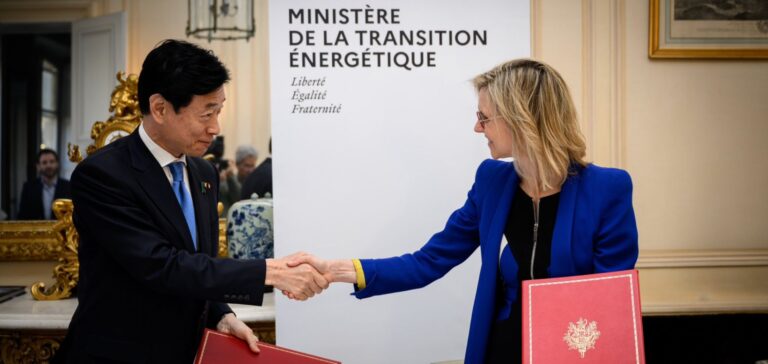FEPC emphasizes the need for safe and reliable fuel processing and disposal for Japan’s continued use of nuclear energy. This includes spent MOX fuel that is removed from Japanese reactors using this type of fuel. So far, only four Japanese reactors have been restarted with MOX fuel, but FEPC expects at least 12 units to be operating with MOX fuel by 2030.
FEPC represents the 11 power companies, including nine utilities (excluding Okinawa Power Company), Japan Atomic Power Company and Electric Power Development Company (J-Power). Already in the 1950s, Japan’s nuclear energy policy recognized that the energy-poor country needed to recycle uranium and plutonium recovered from spent nuclear fuel.
Until 1998, Japan sent most of its spent fuel to plants in France and the UK for reprocessing and MOX fabrication. However, since 1999, it has been storing spent fuel in anticipation of the large-scale commissioning of its own MOX reprocessing and fabrication facilities.
Construction of a reprocessing plant at Rokkasho began in 1993 and was originally scheduled for completion in 1997. The facility is based on the same technology as Orano’s La Hague plant in France. Once operational, the maximum reprocessing capacity of the Rokkasho plant will be 800 tons per year. Construction of a 130-ton-per-year MOX fabrication plant, also at Rokkasho, began in late 2010.
Delays in the completion of the two plants
However, the completion of both the reprocessing plant and the MOX fuel fabrication plant has experienced several delays. FEPC noted that the 6th Strategic Energy Plan – approved by the government in October 2021 – aims to establish the technology in the “second half of the 2030s.” She said that through the demonstrative research with Orano, the properties of spent MOX fuel and its impact on reprocessing will be studied.
Orano’s selection follows a May 3 meeting between Japan’s Minister of Economy, Trade and Industry, Nishimura Yasutoshi, and France’s Minister for Ecological Transition, Agnès Pannier-Runacher. At the meeting, a joint declaration on nuclear energy cooperation was signed, including “the promotion of the reprocessing policy that reduces waste and decreases the need for natural uranium”.
Since the March 2011 accident at the Fukushima Daiichi plant, four reactors – Genkai 3, Ikata 3, Takahama 3 and 4 – have resumed operation with MOX fuel. The use of domestically produced MOX fuel is expected to begin after 2026, according to FEPC. The utilities aim to have at least 12 reactors using MOX fuel by 2030. They also agreed to promote the use of plutonium and to reduce the size of their domestic and foreign stockpiles through close collaboration and cooperation between the companies.






















